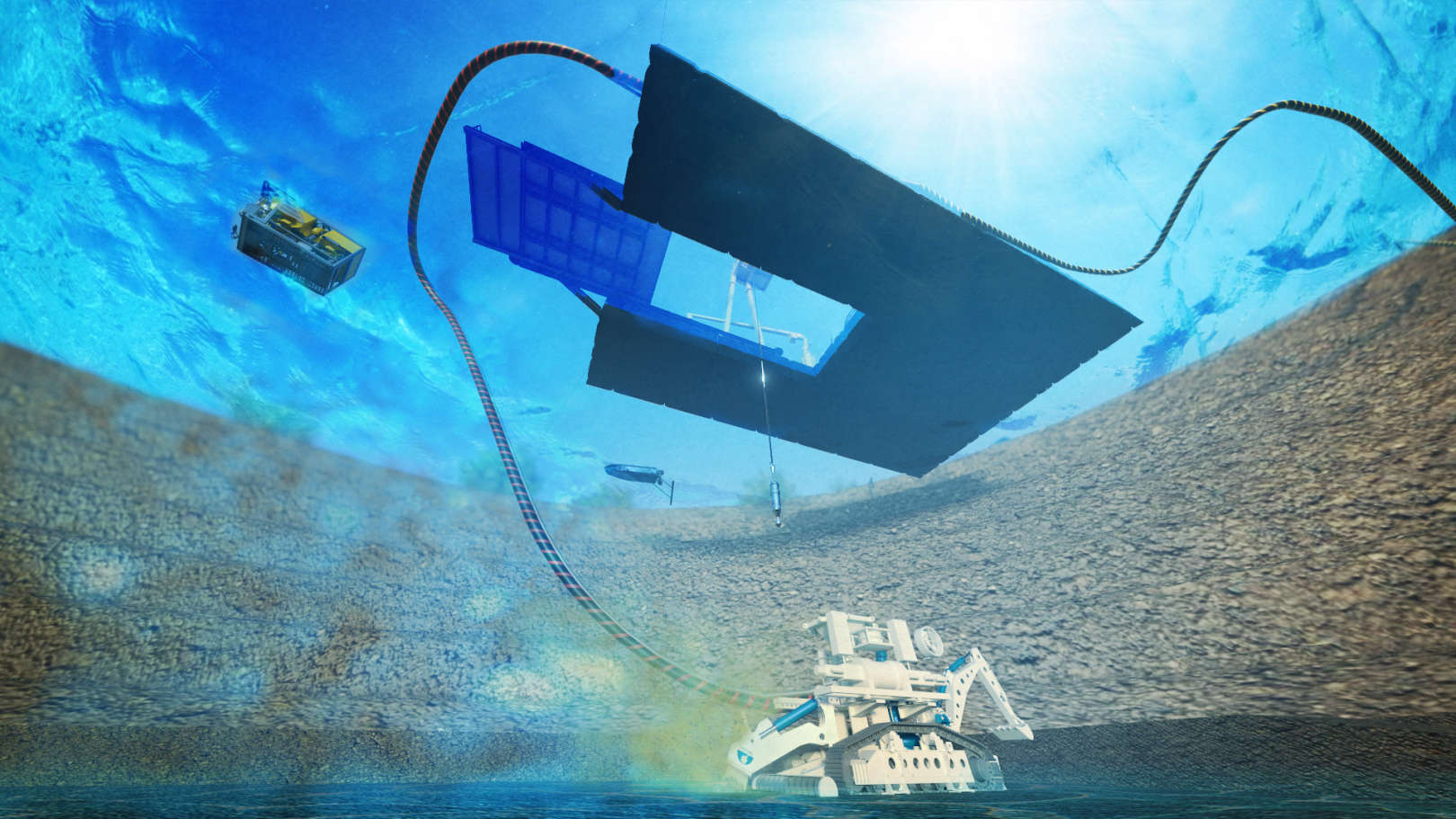About
José Machado da Silva obtained a PhD degree on electrical and computer engineering in 1998 and is currently an Associated Professor at the Faculty of Engineering of the University of Porto, and a Senior Researcher at INESC Porto. His teaching and research interests include analogue, mixed-signal, and RF VLSI design and test, signal processing, and biomedical electronics.



